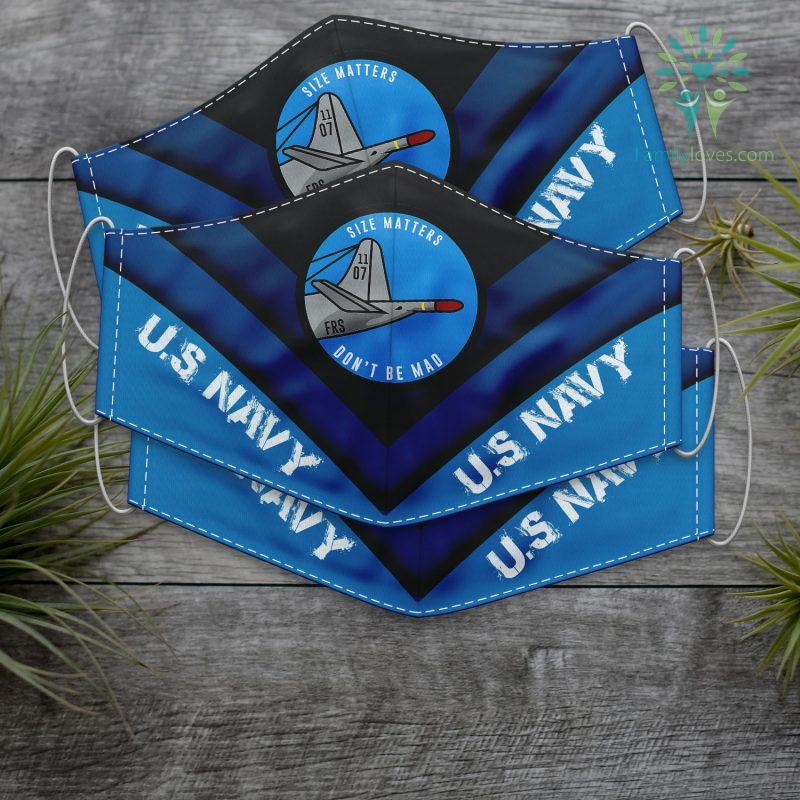


If applicants do not have any underlying conditions, then their minimum eligible BMI is 17.5.


They can receive a further assessment from a military medical officer to determine whether they have a medical or psychiatric condition causing them to be underweight. However, individuals with a BMI below 19 are not necessarily ineligible. For eligibility, applicants need a BMI of 19. To calculate BMI, you divide your weight by your height. If an applicant does not reach the weight requirements, they can receive a body fat measurement that uses their body mass index (BMI). Related: What Should I Expect At Navy Basic Training? Maximum weight chartĪs of 2020, the following chart represents the maximum weight requirements that applicants must meet for active and reserve duty in the Navy: If an individual does not meet the weight standards, they may undergo additional body composition screenings that measure body fat. These requirements help ensure that individuals can perform the physical duties that their role in the Navy may require. The Navy conducts this assessment on individuals twice yearly. These standards are part of the Navy's Body Composition Assessment, which represents one element of the physical requirements for eligibility. The Navy sets specific weight standards that applicants must meet to join active and reserve duty. Military? What are Navy weight standards? Related: What are the Branches of the U.S. In this article, we explain the Navy weight standards and answer some frequently asked questions. Once you understand the Navy's expectations, it can help you feel more confident about the application process. Weighing outside those standards does not immediately mark you ineligible but may require you to undergo further assessment. If you are interested in Navy service, there are specific weight standards you must meet.


 0 kommentar(er)
0 kommentar(er)
